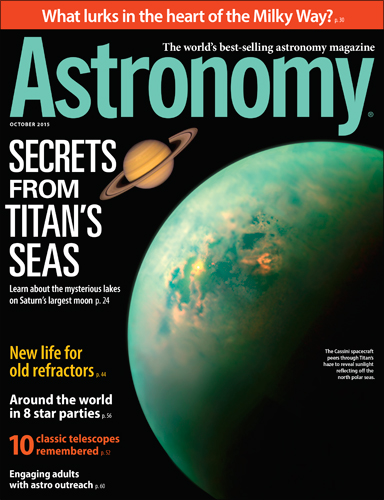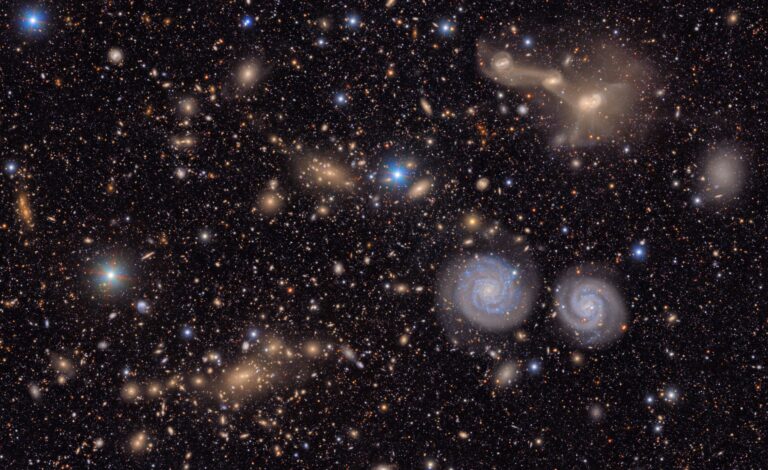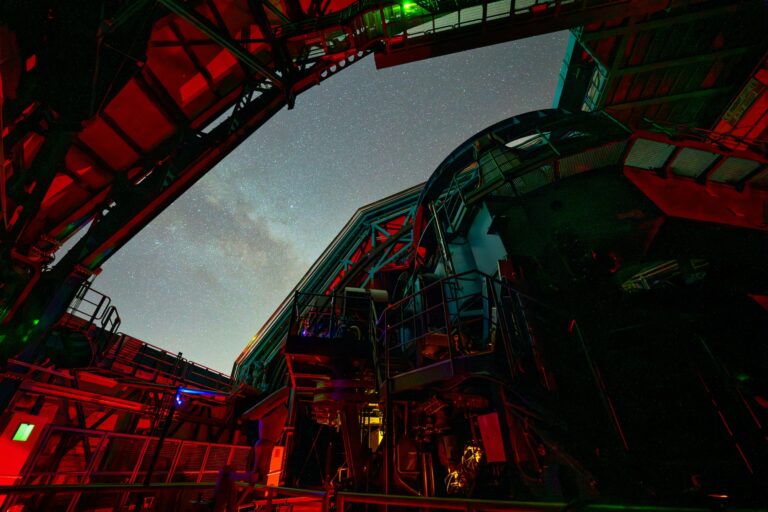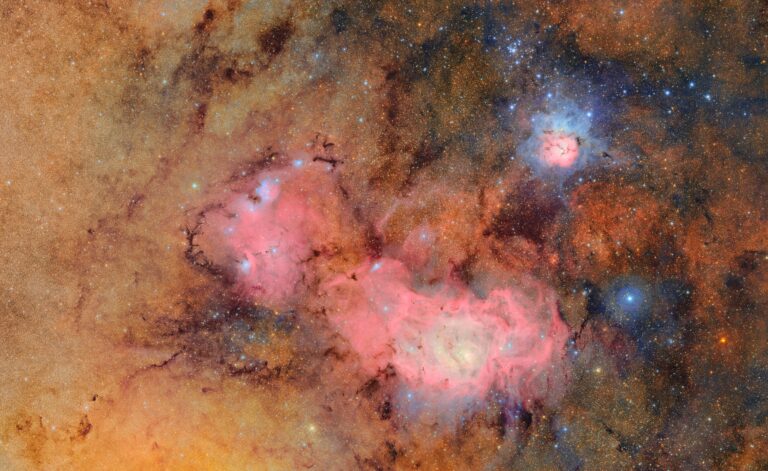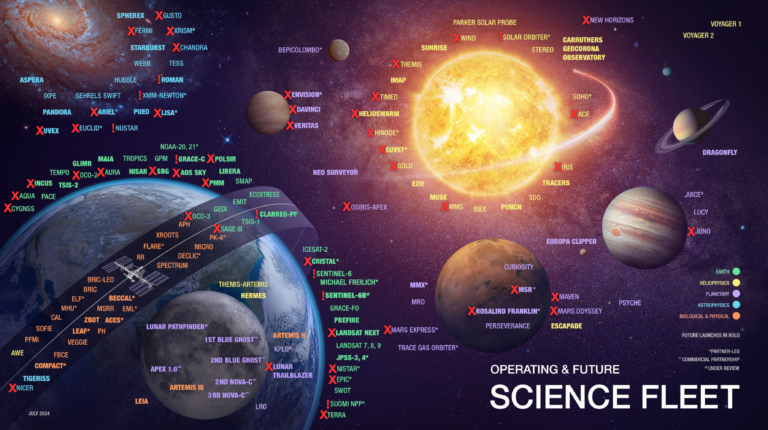Video FAQ page
NASA’s Cassini mission, which comes to an end in 2017, has recently unlocked new information about these seas thanks to their unexpected transparency to the microwave radiation used to peer beneath the clouds. Spacecraft imagery has also recently revealed “magic islands” that appear and vanish over the course of years.
In the October issue of Astronomy, on newsstands September 1, Cassini mission scientist Alexander G. Hayes explores the most recent discoveries at Titan and previews what’s to come.
“What lurks in the heart of the Milky Way?”
Astrophysicist Fiona Harrison endured 24 minutes of terror when the NuSTAR spacecraft launched in 2012. The X-ray telescope’s 57 sections had to unfurl perfectly if NASA scientists were to bring the high-energy universe into focus as planned. In the years since, Harrison’s team has given astronomers some of their best views of the supermassive black hole at the center of our galaxy, as well as the exotic objects that surround it. Contributing Editor Liz Kruesi details how the Milky Way’s heart has become a laboratory for high-energy astrophysics.
“No country for old telescopes”
Large refracting telescopes were once points of pride for American universities. The beautiful instruments offered institutions a chance to demonstrate their commitment to exploring our universe with cutting-edge technology. But modern telescopes have long since made refractors into relics. And while a few of these classics are being restored, many more have been torn down or left to rot. Science writer Joshua Sokol investigates how one of these old refractors at Wesleyan University got a new life thanks to a dedicated team of restorationists.
“Around the world in 8 star parties”
King George III is said to have held the first star parties back in the 18th century. Three centuries later, astronomers around the world still love to party. From Canada’s Starfest to Australia’s OzSky Star Safari, and from the Swiss Star Party to Okie-Texas in the Oklahoma Panhandle, veteran observer Tom Trusock shows readers how astro enthusiasts around the world get down.
October sky events visible without optical aid
- October 11 — Ice giant Uranus is visible as it reaches opposition among the stars of southern Pisces.
- October 22 — October’s pre-eminent meteor shower, the Eta Aquariids, radiate from Orion in dark skies after the Moon sets.
- October 28 — Venus, which climbs higher before dawn this month than any time this decade, forms a dramatic triangle with Jupiter and Mars.
Also in the October 2015 Astronomy
- “10 classic telescopes remembered”: Contributing Editor Glenn Chaple reflects on 10 vintage telescopes, some of which amateur astronomers likely wouldn’t even look through today.
- “Turning on to the stars again”: Amy Tyndall takes readers through some burgeoning outreach efforts to educate adults about the stars, including Astronomy on Tap, which takes science to pubs.
- “We test Starlight Xpress’ new camera“: Light weight, low noise, and high quantum efficiency make the Trius-SX694 CCD camera a winner.
- “The Sky this Month“: Exclusive star charts will guide you through October’s night sky.
- The October issue also features Snapshot, Breakthrough, Astro News, Ask Astro, Bob Berman’s Strange Universe, Glenn Chaple’s Observing Basics, Jeff Hester’s For Your Consideration, Stephen James O’Meara’s Secret Sky, Adam Block’s Cosmic Imaging, Erika Rix’s Astro Sketching, New Products, Letters, Web Talk, and Reader Gallery.
Astronomy offers you the most exciting, visually stunning, thorough, and timely coverage of the heavens above. Each monthly issue includes expert science reporting, vivid color photography, complete sky-event coverage, spot-on observing tips, informative equipment reviews, and more. All of this comes in an easy-to-understand user-friendly style that’s perfect for astronomers at any level. Contact Astronomy, the world’s best-selling astronomy magazine, at 262.796.8776 or email [email protected].

